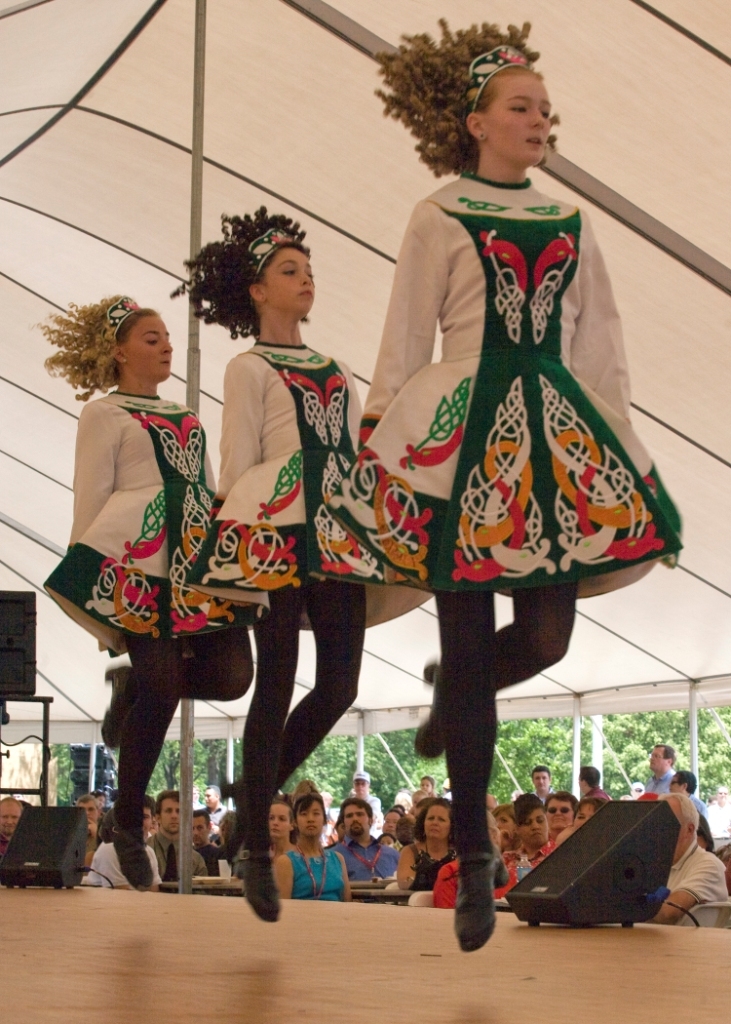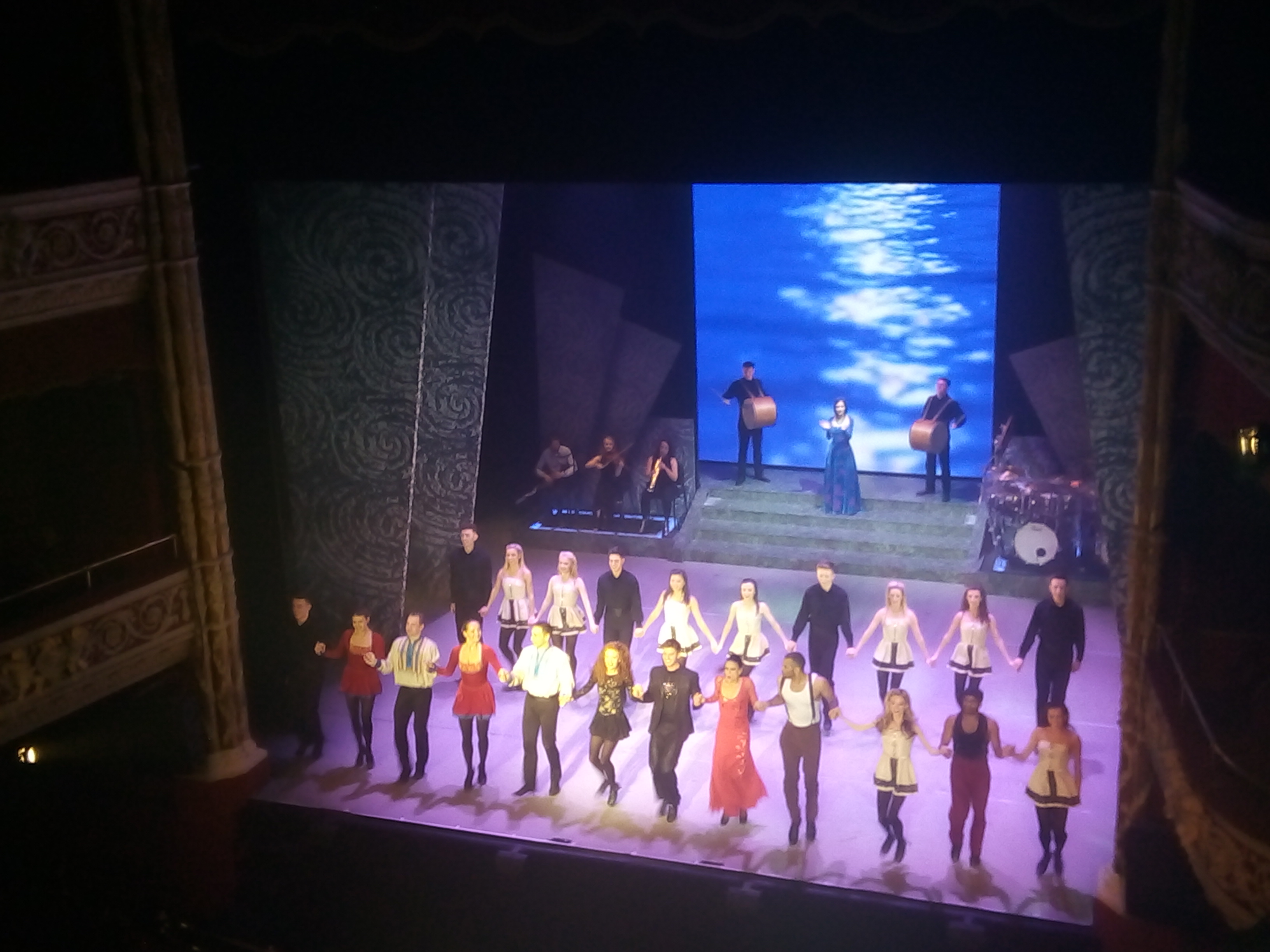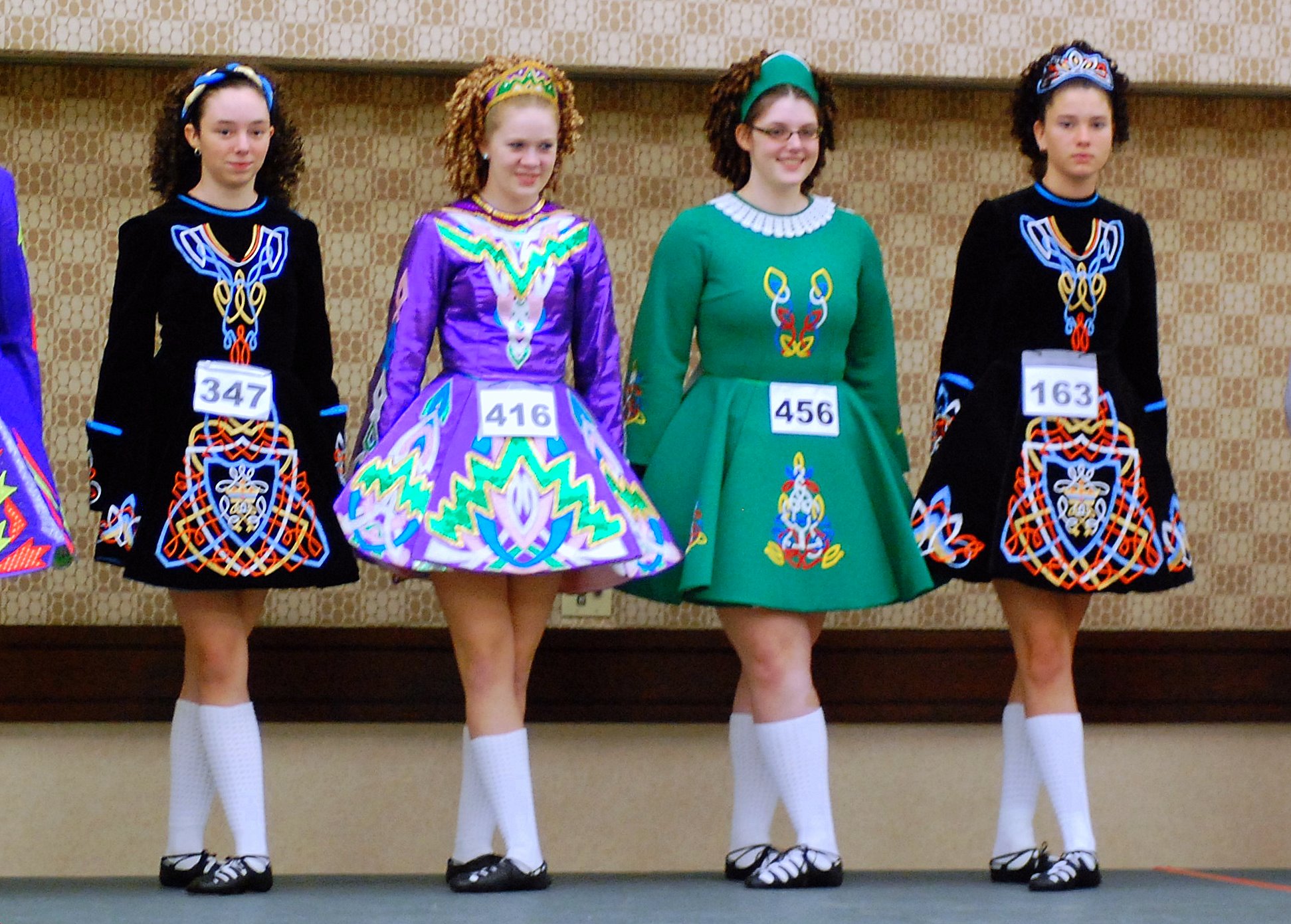|
World Irish Dance Association
The World Irish Dance Association (WIDA) is an Irish stepdance organisation founded in 2004. It is based primarily in Europe and the United Kingdom, and offers "open platform" competitions that are open to competitors from all Irish dance organisations. History WIDA was founded in January 2004 in Düsseldorf, Germany, to cater to a growing number of Irish dance teachers in the European mainland. The demand for Irish dance which prompted WIDA's establishment in Europe had been driven largely by the success of Irish dance stage shows in the 1990s such as ''Riverdance''. In 2013, WIDA subsumed a number of Irish dance schools in North America previously affiliated with the North American Irish Dance Federation. This substantially increased WIDA's geographic reach beyond Europe for the first time. WIDA has been praised for its inclusion of adult dancers in competitions, as other Irish stepdance organisations typically offer few competitions for dancers over the age of 25. The inclus ... [...More Info...] [...Related Items...] OR: [Wikipedia] [Google] [Baidu] |
Irish Stepdance
Irish stepdance is a style of performance dance with its roots in traditional Irish dance. It is generally characterized by a stiff upper body and fast and precise movements of the feet. It can be performed solo or in groups. Aside from public dance performances, there are also stepdance competitions all over the world. These competitions are often called Feiseanna (singular Feis). In Irish dance culture, a Feis is a traditional Gaelic arts and culture festival. Costumes are considered important for stage presence in competition and performance Irish stepdance. In many cases, costumes are sold at high prices and can even be custom made. Males and females can both perform Irish stepdance but for the most part in today's society, the dance remains predominantly female. This means that the costumes are mainly dresses. Each dress is different, with varying colors and patterns, designed to attract the judge's eye in competitions and the audience's eye in performance. General appearanc ... [...More Info...] [...Related Items...] OR: [Wikipedia] [Google] [Baidu] |
Europe
Europe is a large peninsula conventionally considered a continent in its own right because of its great physical size and the weight of its history and traditions. Europe is also considered a Continent#Subcontinents, subcontinent of Eurasia and it is located entirely in the Northern Hemisphere and mostly in the Eastern Hemisphere. Comprising the westernmost peninsulas of Eurasia, it shares the continental landmass of Afro-Eurasia with both Africa and Asia. It is bordered by the Arctic Ocean to the north, the Atlantic Ocean to the west, the Mediterranean Sea to the south and Asia to the east. Europe is commonly considered to be Boundaries between the continents of Earth#Asia and Europe, separated from Asia by the drainage divide, watershed of the Ural Mountains, the Ural (river), Ural River, the Caspian Sea, the Greater Caucasus, the Black Sea and the waterways of the Turkish Straits. "Europe" (pp. 68–69); "Asia" (pp. 90–91): "A commonly accepted division between Asia and E ... [...More Info...] [...Related Items...] OR: [Wikipedia] [Google] [Baidu] |
United Kingdom
The United Kingdom of Great Britain and Northern Ireland, commonly known as the United Kingdom (UK) or Britain, is a country in Europe, off the north-western coast of the continental mainland. It comprises England, Scotland, Wales and Northern Ireland. The United Kingdom includes the island of Great Britain, the north-eastern part of the island of Ireland, and many smaller islands within the British Isles. Northern Ireland shares a land border with the Republic of Ireland; otherwise, the United Kingdom is surrounded by the Atlantic Ocean, the North Sea, the English Channel, the Celtic Sea and the Irish Sea. The total area of the United Kingdom is , with an estimated 2020 population of more than 67 million people. The United Kingdom has evolved from a series of annexations, unions and separations of constituent countries over several hundred years. The Treaty of Union between the Kingdom of England (which included Wales, annexed in 1542) and the Kingdom of Scotland in 170 ... [...More Info...] [...Related Items...] OR: [Wikipedia] [Google] [Baidu] |
Düsseldorf
Düsseldorf ( , , ; often in English sources; Low Franconian and Ripuarian: ''Düsseldörp'' ; archaic nl, Dusseldorp ) is the capital city of North Rhine-Westphalia, the most populous state of Germany. It is the second-largest city in the state and the seventh-largest city in Germany, with a population of 617,280. Düsseldorf is located at the confluence of two rivers: the Rhine and the Düssel, a small tributary. The ''-dorf'' suffix means "village" in German (English cognate: ''thorp''); its use is unusual for a settlement as large as Düsseldorf. Most of the city lies on the right bank of the Rhine. Düsseldorf lies in the centre of both the Rhine-Ruhr and the Rhineland Metropolitan Region. It neighbours the Cologne Bonn Region to the south and the Ruhr to the north. It is the largest city in the German Low Franconian dialect area (closely related to Dutch). Mercer's 2012 Quality of Living survey ranked Düsseldorf the sixth most livable city in the world. Düsse ... [...More Info...] [...Related Items...] OR: [Wikipedia] [Google] [Baidu] |
Riverdance
''Riverdance'' is a theatrical show that consists mainly of traditional Irish music and dance. With a score composed by Bill Whelan, it originated as an interval act during the Eurovision Song Contest 1994, featuring Irish dancing champions Jean Butler, Michael Flatley and the vocal ensemble Anúna. Shortly afterwards, husband and wife production team John McColgan and Moya Doherty expanded it into a stage show, which opened in Dublin on 9 February 1995. Since then, the show has visited over 450 venues worldwide and been seen by over 25 million people, making it one of the most successful dance productions in the world. Background ''Riverdance'' is rooted in a three-part suite of baroque-influenced traditional music called ''Timedance''. ''Timedance'' was composed, recorded and performed for the 1981 Eurovision Song Contest, which was hosted by Ireland. At the time, Bill Whelan and Dónal Lunny composed the music, augmenting the Irish folk band Planxty with a rock rhythm section ... [...More Info...] [...Related Items...] OR: [Wikipedia] [Google] [Baidu] |
Polo Shirt
A polo shirt, tennis shirt, golf shirt, or chukker shirt is a form of shirt with a collar. Polo shirts are usually short sleeved but can be long; they were used by polo players originally in India in 1859 and in Great Britain during the 1920s. Polo shirts are usually made of knitted cotton (rather than woven cloth), usually a piqué knit, or less commonly an interlock knit (the latter used frequently, though not exclusively, with pima cotton polos), or using other fibers such as silk, wool, synthetic fibers, or blends of natural and synthetic fibers. A dress-length version of the shirt is called a polo dress. History of the tennis shirt In the 19th and early 20th centuries, tennis players ordinarily wore "tennis whites" consisting of long-sleeved white button-up shirts (worn with the sleeves rolled up), flannel trousers, and ties.The Story of Lacoste. Retrieved from .Style & Design: Lacoste''Time'' Magazine, Winter 2004. This attire presented problems for ease of play and c ... [...More Info...] [...Related Items...] OR: [Wikipedia] [Google] [Baidu] |
An Coimisiún Le Rincí Gaelacha
An Coimisiún Le Rincí Gaelacha (CLRG, English:The Irish Dancing Commission) is the oldest and largest governing body for competitive Irish step dancing globally. Founded in 1927, CLRG is responsible for creating a standardised system of Irish dance, music and competition for its member organisations in 26 countries. It organises Oireachtas Rince na Cruinne (the World Championships) as well as Oireachtas Rince na hÉireann (the All Ireland Championships), and is the central authority for teacher and adjudicator accreditation. It is headquartered in Dublin, Ireland. History In 1927, Conradh na Gaelige, an organisation dedicated to promoting the Irish language, organised a Commission of Enquiry "for the purpose of examining the organisation of Irish dancing as it existed at that time and to make recommendations as to how it might be better organised in the future. The Commission's stated aim was to unify the various interests involved in Irish dancing and pursue the common goa ... [...More Info...] [...Related Items...] OR: [Wikipedia] [Google] [Baidu] |
Feis
A () or () is a traditional Gaelic arts and culture festival. The plural forms are () and (). The term is commonly used referring to Irish dance competitions and, in Scotland, to immersive teaching courses, specialising in traditional music and culture. In Scottish Gaelic, the accent is important because there is a difference of meaning and pronunciation between and — the word means sexual intercourse. History In Ancient Ireland communities placed great importance on local festivals, where Gaels could come together in song, dance, music, theatre and sport. The largest of these was the , the great festival at Tara, which was then the city of Ireland's , or " High King". These feiseanna were a rich opportunity for storytellers to reach a large audience, and often warriors would recount their exploits in combat, clansmen would trace family genealogies, and bards and balladeers would lead the groups in legends, stories, and song. These gatherings eventually gave ris ... [...More Info...] [...Related Items...] OR: [Wikipedia] [Google] [Baidu] |
Oireachtas (Irish Dance)
In modern competitive Irish dance, an oireachtas ( , ; plural: ''oireachtais'') refers to an annual championship competition. Oireachtais are held by several Irish dance organisations globally, including An Coimisiún Le Rincí Gaelacha, An Comhdhail na Múinteoirí le Rincí Gaelacha, the World Irish Dance Association, and others. Many oireachtais include both solo and ceilí (team) events. The competitions vary in size, duration, and level of eligibility. History The word ''oireachtas'' means in "assembly" in the Irish language, and comes from the Old Irish ''airech'', meaning "nobleman". While the phrase can be used to refer to any cultural festival or gathering, as well as to the Irish legislature, in Irish dancing it has come to refer to major top-level competitions, and is often casually translated as "championship". ''Oireachtas'' was being used to refer to a large competition by the end of the 19th century, particularly the competitions organised in the Dublin area. Wi ... [...More Info...] [...Related Items...] OR: [Wikipedia] [Google] [Baidu] |





